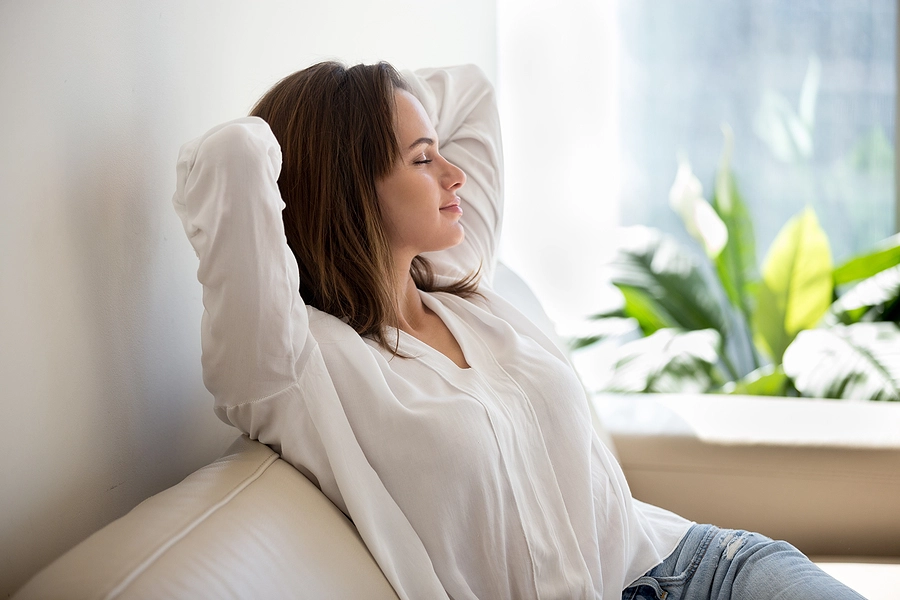
Installing a humidifier can significantly improve comfort in your home, especially in areas like Port St Lucie, where indoor air can become dry due to air conditioning and seasonal changes. Proper installation is key to maximizing efficiency and ensuring that your system works effectively without wasting energy or creating maintenance issues. Taking the time to plan and follow best practices can extend the life of your humidifier, improve indoor air quality, and prevent unnecessary expenses.
Understanding the Benefits of a Humidifier
Before installation, it’s important to understand why a humidifier is a worthwhile addition. Humidifiers add moisture to the air, which can reduce dry skin, prevent respiratory irritation, and protect wood furnishings and flooring from cracking. In a home that relies heavily on air conditioning, humidity levels can drop significantly, causing discomfort and even health problems. A properly installed humidifier balances indoor humidity, creating a more comfortable living environment while protecting your home and family.
Choosing the Right Type of Humidifier
Humidifiers come in several types, including whole-home systems, portable units, and steam or ultrasonic models. For long-term efficiency and convenience, a whole-home humidifier integrated with your HVAC system is often the best choice. These units distribute moisture evenly through your home and operate alongside your existing heating and cooling system, reducing the need for multiple devices. Selecting the right type for your home size and system ensures optimal performance and prevents overuse or underuse of the humidifier.
Planning Placement for Maximum Efficiency
Placement is critical for a humidifier to function correctly. Whole-home humidifiers are typically installed on the supply or return side of your HVAC system. Installing on the supply side allows warm air to carry moisture more effectively, while placement on the return side ensures the system maintains proper air balance. Improper placement can lead to uneven humidity levels, condensation on walls, or strain on the HVAC system. A professional HVAC technician can assess your ductwork and recommend the ideal location to maximize efficiency.
Installing the Humidifier Correctly
Correct installation requires attention to detail and adherence to manufacturer guidelines. Basic steps include connecting the unit to a water source, installing a bypass or fan-powered system, and ensuring a proper drain line for excess water. Electrical connections must be made safely, and the unit should be calibrated to work with your existing thermostat or humidistat. Even small mistakes, such as improper water pressure or loose connections, can reduce efficiency or cause leaks. Hiring an experienced technician ensures installation is done right the first time.
Maintaining Water Quality
The quality of water used in your humidifier affects both efficiency and longevity. Hard water can leave mineral deposits on the humidifier’s components, reducing performance and requiring frequent cleaning. Using filtered or softened water can prevent buildup and reduce maintenance needs. Regularly checking water lines and replacing filters or pads as recommended keeps the system running smoothly. This simple step not only improves efficiency but also protects your home from potential water damage caused by leaks or buildup.
Calibrating Humidity Levels
Achieving the right indoor humidity level is essential for both comfort and efficiency. Ideally, indoor humidity should range between 30 and 50 percent. Levels above 50 percent can encourage mold growth, while levels below 30 percent can cause dry skin, static electricity, and respiratory issues. Most modern systems allow for precise calibration through a humidistat or smart thermostat. Regular monitoring ensures the system operates efficiently, prevents overworking the humidifier, and maintains a healthy indoor environment.
Ensuring Proper Airflow
Airflow affects how evenly moisture is distributed throughout your home. Blocked vents, dirty ducts, or improperly sized systems can reduce efficiency and create areas with inconsistent humidity. During installation, ensure the HVAC system can handle the additional load from the humidifier without reducing airflow to other parts of the home. Balancing the system improves comfort and reduces energy costs, making the humidifier more effective without overtaxing the HVAC system.
Regular Maintenance for Long-Term Efficiency
Routine maintenance is critical to keep your humidifier performing at its best. Regular tasks include cleaning the water tank or pad, checking the drain line, inspecting electrical connections, and replacing worn components. Neglecting maintenance can lead to decreased efficiency, higher energy bills, and potential damage to the unit or HVAC system. Scheduling annual or biannual service with a qualified technician ensures the humidifier continues to operate efficiently and prolongs its lifespan.
Avoiding Common Installation Mistakes
Many homeowners make simple mistakes during installation that reduce efficiency or create long-term problems. These include incorrect placement, using hard water without filtration, failing to calibrate humidity levels, and neglecting maintenance schedules. Working with an experienced HVAC professional minimizes these risks. Proper installation not only ensures optimal performance but also prevents costly repairs and protects your home from moisture-related damage.
Maximizing Energy Efficiency
An efficiently installed humidifier uses less energy and reduces strain on your HVAC system. Pairing the humidifier with a programmable thermostat or smart home system allows you to adjust humidity levels automatically based on temperature and occupancy. By optimizing operation times, the system adds comfort without unnecessary energy use. This approach helps homeowners in Port St Lucie maintain a comfortable indoor environment while keeping utility costs manageable.
Conclusion
Installing a humidifier properly is essential for maximizing comfort and efficiency in your home. From choosing the right type and placement to calibrating humidity levels and maintaining the system, every step plays a role in protecting your home and your budget. Residents of Port St Lucie can benefit from professional installation and routine maintenance to ensure their humidifiers operate effectively. Taking the time to follow these best practices reduces energy costs, prevents damage, and promotes healthier indoor air. A well-installed humidifier is more than a convenience—it is a smart investment in home comfort and long-term savings.